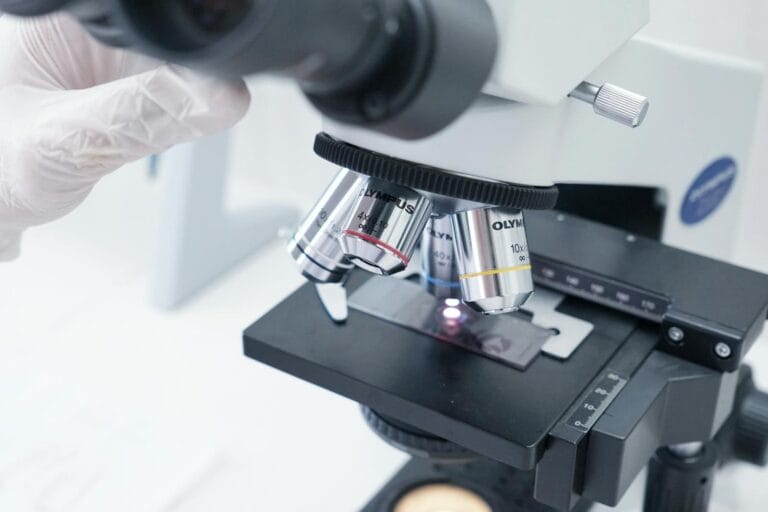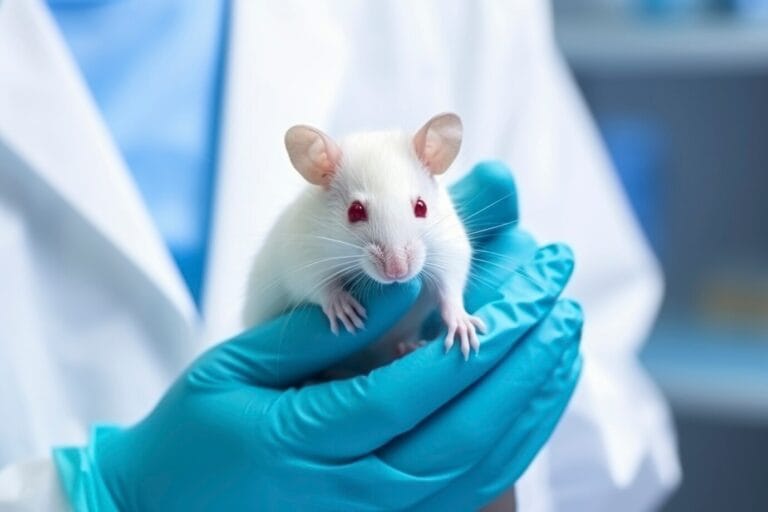
The Role of Molecular Technology in Detecting Resistance Phenomena in Mosquitoes

How Does Insecticide Resistance Occur?
Insecticide resistance in mosquitoes has become a major challenge in vector control for diseases such as malaria, dengue, filariasis, and chikungunya. This resistance develops as an adaptive response to the selective pressure caused by the continuous use of chemical insecticides.
One of the most common mechanisms of resistance is mutations in target genes, such as the kdr (knockdown resistance) gene, which can cause changes in sodium (Na⁺) flow through sodium ion channels in nerve membranes. This mutation results in reduced sensitivity of mosquitoes to insecticides, allowing them to survive even when exposed to lethal doses. Additionally, the ace-1 (acetylcholinesterase-1) gene, which is targeted by organophosphate and carbamate insecticides, also often undergoes mutations, enhancing resistance potential.
Molecular studies have also revealed the role of detoxifying enzymes, such as cytochrome P450 monooxygenases (P450s), glutathione-S-transferases (GSTs), and esterases, which break down insecticide molecules before they reach their biological targets within the mosquito’s body. For instance, increased expression of genes encoding P450s enables mosquitoes to metabolize pyrethroids more effectively, thereby enhancing their tolerance to insecticides.
Resistance can also occur through changes in genetic regulation, where the expression of specific genes can increase or decrease due to epigenetic changes, such as DNA methylation or histone modifications.
With the advancement of time and developments in biomolecular diagnostic technologies, new approaches to studying the mechanisms of insecticide resistance in mosquitoes have emerged. This opens opportunities to identify more complex resistance mechanisms and ensure more targeted control measures.
Molecular Biology Method for Insecticide Resistance Testing
Mutations in genes can be detected using qPCR (quantitative Polymerase Chain Reaction), which measures the number of mRNA copies of target enzyme genes in mosquito populations. Gene regulation analysis can also be performed using methods such as RNA-seq, which provides a comprehensive overview of gene expression in mosquitoes. RNA-seq (RNA sequencing) is an advanced technique used to analyze gene expression thoroughly by mapping RNA sequences in a sample. This technique allows researchers to obtain detailed information on RNA transcripts produced in cells, including the types and quantities of mRNA involved in biological processes, such as responses to insecticide exposure in mosquitoes.
Currently, advancements in next-generation sequencing (NGS) technologies have opened up the possibility of identifying gene mutations across the entire mosquito genome. The sequencing of the mosquito genome can be used to understand the mechanisms of insecticide resistance. With the sequencing data, we can identify which mutations occur in genes related to resistance, as well as genes encoding detoxifying enzymes.
So far, numerous studies have been conducted using these molecular methods. Molecular approaches, with evolving technologies, have become a critical foundation for understanding the phenomenon of insecticide resistance in mosquitoes and serve as the basis for developing more effective and sustainable insecticides.
To avoid resistance in insecticide products, you can conduct molecular biology tests in laboratories certified by the Ministry of Agriculture, such as IML Testing and Research.
Well, that concludes the discussion on molecular technology in detecting resistance in mosquitoes. For more interesting information, stay tuned for our upcoming articles!
REFERENCE
Bonizzoni, M., Afrane, Y., Dunn, W. A., Atieli, F. K., Zhou, G., Zhong, D., … & Yan, G. (2012). Comparative transcriptome analyses of deltamethrin-resistant and-susceptible Anopheles gambiae mosquitoes from Kenya by RNA-Seq.
Donnelly, M. J., Isaacs, A. T., & Weetman, D. (2016). Identification, validation, and application of molecular diagnostics for insecticide resistance in malaria vectors. Trends in Parasitology, 32(3), 197-206.
Hemingway & Karunathe. (1998). Mosquito carboxylesterases: a review of the molecular biology and biochemistry of a major insecticide resistance mechanism. Medical and veterinary entomology, 12(1), 1-12.
Soderlund, D. M., & Knipple, D. C. (2003). The molecular biology of knockdown resistance to pyrethroid insecticides. Insect biochemistry and molecular biology, 33(6), 563-577.



